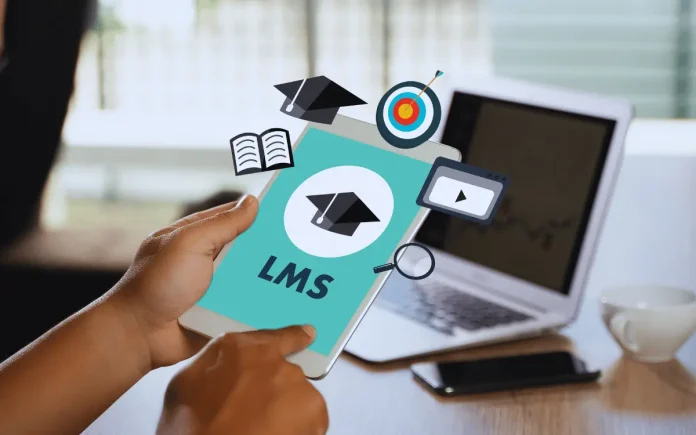
Digital learning is changing quickly because of LMS modules. They allow each student to learn in a way that fits their needs. With these modules, teachers can make a dynamic learning space that helps students learn and grow.
With customizable content, each student can find the best way to learn. This tailored approach makes people more interested and helps them understand better.
LMS modules make it possible for a huge number of effective and welcoming learning spaces. Find out how to use these tools to help you learn.
Understanding LMS and Personalized Learning
LMS is a software platform that gives you all the tools you need to teach, track, and manage educational or a training module. Personalized learning, on the other hand, makes sure that each student’s needs and goals are met by the lessons and ways of teaching. If you use LMS modules correctly, they can help you connect old ways of teaching to the more personalized way of teaching that is needed in the 21st century.
The Cornerstones of LMS for Personalized Learning
You need to know how an LMS works at its core to use it for personalized learning. Important things are adaptive learning paths, ways to get feedback in real time, and personalized content delivery. These parts make sure that the way students learn is changed to fit their needs, goals, and speed of learning.
Identifying the Right LMS for Your Needs
It is very important to pick an LMS that works with the goals you have for your school. You should think about how easy it is to use, how well it connects to other systems, and what customization tools it comes with. If you have the right learning management system (LMS), you can learn a lot more. This is true for K-12, college, and corporate training.
Customizing Learning Paths within LMS
The ability to make personalized learning paths is one of the best things about an LMS. These pathways can be changed depending on the learner’s progress, preferences, and learning goals. This makes the learning process more interesting and effective.
Integrating Interactive and Collaborative Tools
Key parts of a successful personalized learning strategy are working together and being able to interact with others. Forums for discussion, group projects, and peer review can make modules much more engaging and help make the learning environment more flexible.
Analyzing Data for Insightful Feedback
Data analytics tools in an LMS can help teachers see how students are doing, what they’re good at, and what they need to work on. Teachers can make learning even more personalized by looking at this data and giving each student helpful feedback and help on their way to learning.
Expanding Learning Opportunities with External Resources
The LMS can add content and resources from outside sources to make learning more fun. Students can learn more and improve their skills by going to reputable online courses like those on Coursera and following the links. This makes their learning path even more unique and useful.
Harnessing the Power of LMS Modules for Future Learning
LMS modules are what make it possible for each student to have a personalized learning experience that fits their needs and preferences. When teachers reach their full potential, they can make learning more interesting and useful.
This course module makes learning connected and flexible, which helps all students do well. LMS modules will shape the future of education by constantly adding new features and improving existing ones. They support learning that is open to everyone.
Did you like this guide? Great! Please browse our website for more!
FURTHER READING









